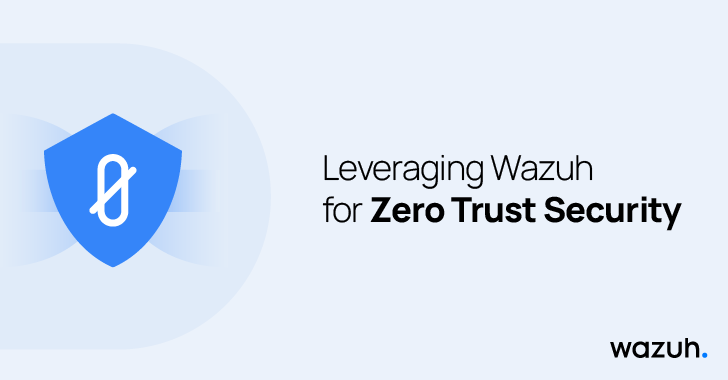Leveraging Wazuh for Zero Trust security
- November 5, 2024
- Posted by: claudia
- Categories:

Zero Trust security fundamentally redefines how organizations approach cybersecurity by eliminating implicit trust within their networks and mandating continuous validation of all access requests. Traditional perimeter-based security measures, which trust users automatically upon access, are deemed insufficient in guarding against sophisticated cyber threats. In contrast, Zero Trust emphasizes the ongoing assessment of both users and devices, securing environments by demanding continuous monitoring even after initial authentication.
Organizations increasingly gravitate towards Zero Trust security to mitigate complex cyber risks and overcome the inherent limitations of traditional security frameworks. Key issues include insufficient protection against lateral movements within networks, implicit trust in internal users, and a lack of visibility into network activity. By adopting Zero Trust principles, companies can protect data more effectively, enhance compliance with regulatory standards, and prepare for advanced security challenges.
The advantages of Zero Trust frameworks are numerous. Enhanced security can be achieved through real-time data collection on network traffic and user activities, which helps organizations maintain an improved security posture. Additionally, it focuses on preventing insider threats through strict authentication processes that adhere to the “never trust, always verify” principle. As remote work becomes more prevalent, Zero Trust also offers stronger identity verification and monitoring capabilities, crucial for managing diverse device access and maintaining compliance.
Organizations implementing Zero Trust must consider several fundamental factors. Essential strategies include continuous monitoring of all network interactions, utilizing Security Information and Event Management (SIEM) for real-time visibility, and establishing incident response protocols to quickly mitigate breaches. Initial access prevention strategies, based on detecting unusual behaviors or vulnerabilities, should also be enforced. Limiting access through ‘least privilege’ policies ensures users receive only the access necessary for their roles, thereby minimizing risks.
Device access control is critical within a Zero Trust architecture, requiring prior verification of all devices before permitting network access. Continuous monitoring of devices ensures ongoing compliance and the identification of potential threats. Microsegmentation further strengthens security by isolating network segments, reducing overall attack surfaces and preventing lateral movement of threats. Integrating multi-factor authentication provides another layer of security, making unauthorized access more difficult even if one credential is compromised.
The application of Wazuh, an open-source platform with integrated XDR and SIEM capabilities, enables organizations to effectively implement Zero Trust principles. With Wazuh’s real-time monitoring and automated incident response mechanisms, organizations can enhance their security protocols significantly. The platform’s capabilities can detect misuse of legitimate tools and monitor user behavior for suspicious activities, allowing threat hunters to identify potential breaches effectively.
Wazuh’s functionalities extend to detecting initial access vulnerabilities, such as the critical CVE-2024-3094 exploit in XZ Utils. By aggregating logs from various sources, Wazuh can flag potentially malicious activities, thus providing early detection of exploitation attempts and ensuring robust incident management. Additionally, the platform automates incident responses, reducing alert fatigue for security teams and enabling quick action against security incidents.
Overall, as organizations navigate a more complex threat landscape marked by dispersed applications and sensitive data across multiple environments, Zero Trust security provides an essential framework for a proactive defense strategy. The adoption of Wazuh within this framework underscores the importance of real-time data collection, vigilant monitoring, and efficient incident responses, creating a comprehensive approach to safeguarding against cyber threats.
In conclusion, organizations that implement Zero Trust security principles, supported by effective tools like Wazuh, can significantly enhance their defenses and better prepare for the rapidly evolving nature of cybersecurity threats. The emphasis on continuous monitoring, strict access controls, and automated responses equips organizations with the resilience needed to protect their information assets against potential breaches.
